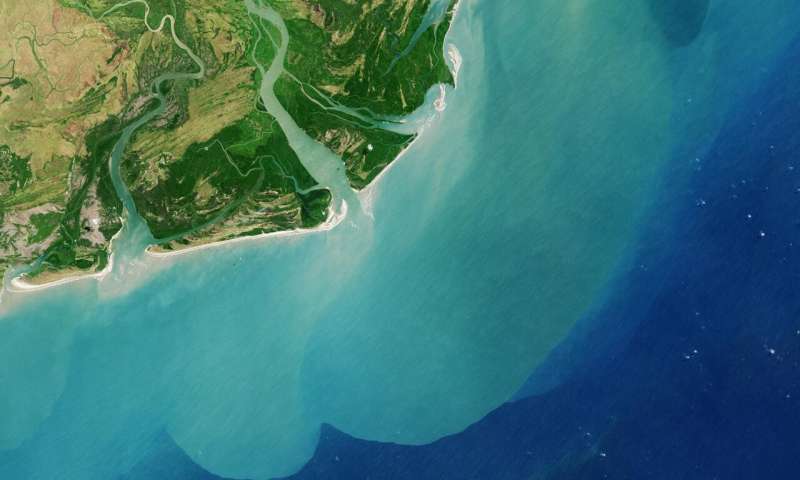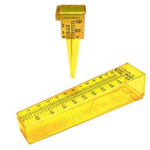
Over the course of nearly three decades, an uninterrupted series of satellites has circled our planet, diligently measuring sea levels. The continuous record of ocean height that they’ve built has helped researchers reveal the inner workings of weather phenomena like El Niño and to forecast how much the ocean could encroach on coastlines around the world. Now, engineers and scientists are preparing two identical satellites to add to this legacy, extending the dataset another decade.















